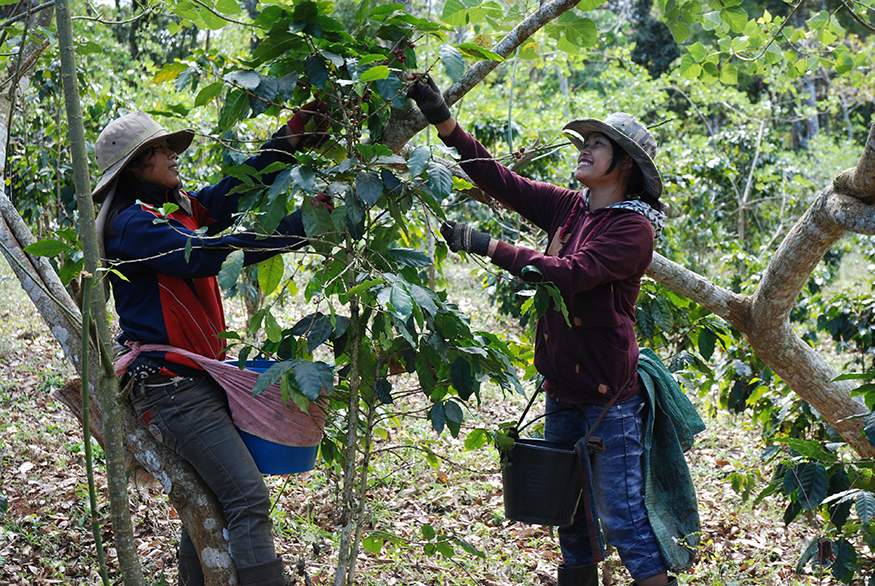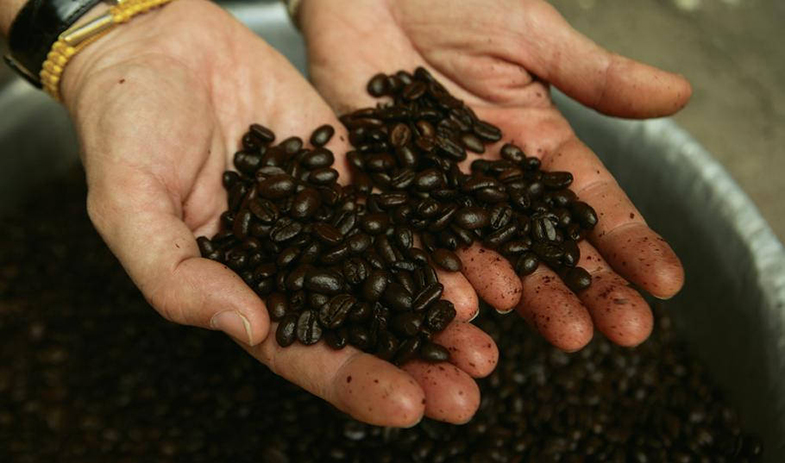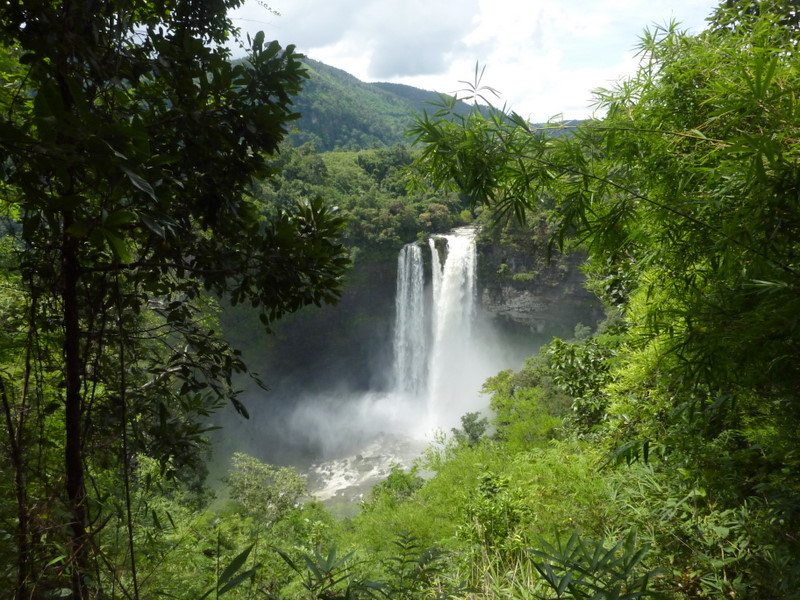Bring Back Great Coffee in Laos

Currently, there is a movement underway in Laos to resurrect great coffee by taking it from the high altitude eastern mountains, and exporting it all over the world. This homegrown southeast Asia coffee revolution is set to bring earthy, delicious-tasting beans to your nearest roaster or coffee importer’s shelves.
In Laos, they produce two different types of coffee; Arabica and Robusta, both of which are used in mainstream American coffee consumption. Laotian people typically sweeten their coffee with condensed milk, giving the beverage a thick, rich flavor much like in other southeast Asian countries (think Thailand or Vietnam’s iced coffee beverages).
Arabica is used for espresso drinks, while Robusta beans are used to craft your typical cup of black coffee. Years ago, a volcanic eruption in the southern region caused the soil of Laos to become extremely fertile. Later, French colonists in the early 19th century introduced the coffee crop to Laos, and since then, it has flourished.
The State of Laos Coffee After WWII
After the outbreak of World War II, many plantation owners fled Laos. Soon after, uprisings inspired by a mix of communism and Marxism turned Laos and Vietnam into a battlefield. Because of this, many coffee fields became contaminated with shrapnel and craters from bombs. Around this time, coffee in Laos became viewed as the drink of the bourgeois, and was not considered important until the late 90s, when the government’s view toward private commerce softened.
A subtle renovation of coffee plantations in the Bolaven Plains is currently underway in Laos. The arabica coffee beans are hard to cultivate there, but they’re also very valuable, and are clearly poised to make a big comeback.

The Lao Coffee Association
The Lao Coffee Association is a modern-day enterprise whose goal is to introduce the best of Laotian coffee beans to the rest of the world through exportation and global marketing. Coffee production is vital to Laos’ economy, because the coffee bean crop is more profitable than other crops such as soy, rice, or corn.
And the truth is that Laos features a climate that’s quite suitable for producing coffee – the soil, altitude, farming techniques, and land resources all make the country incredibly well situated to become a serious coffee competitor in the global market.
The government of Laos has been working with farmers for the past thirty years to increase production in order to help stimulate the Laotian economy. There are currently 20,000 coffee growing communities in various parts of Laos, and many of them serve as the primary source of income for their owners. Much of the growing is concentrated around the Bolaven Plateau, which is considered the main region for coffee production in Laos.

Coffee: A Gourmet Product in Laos
Coffee can become a niche product in Laos as coffee is seen as a gourmet product there. Many international coffee companies are now evaluating Laos as a potential flagship country for coffee crops, though production might not be quite that easy to scale up. It seems that in Laos, families pass down their coffee crops through generations.
And while the Bolaven Plateau has great potential, the Laotian government and coffee enthusiasts the world over recognize that the country needs to be utilized to its full capacity, in a responsible and sustainable way.
[Photos Via: Wikimedia and Flickr Commons]
